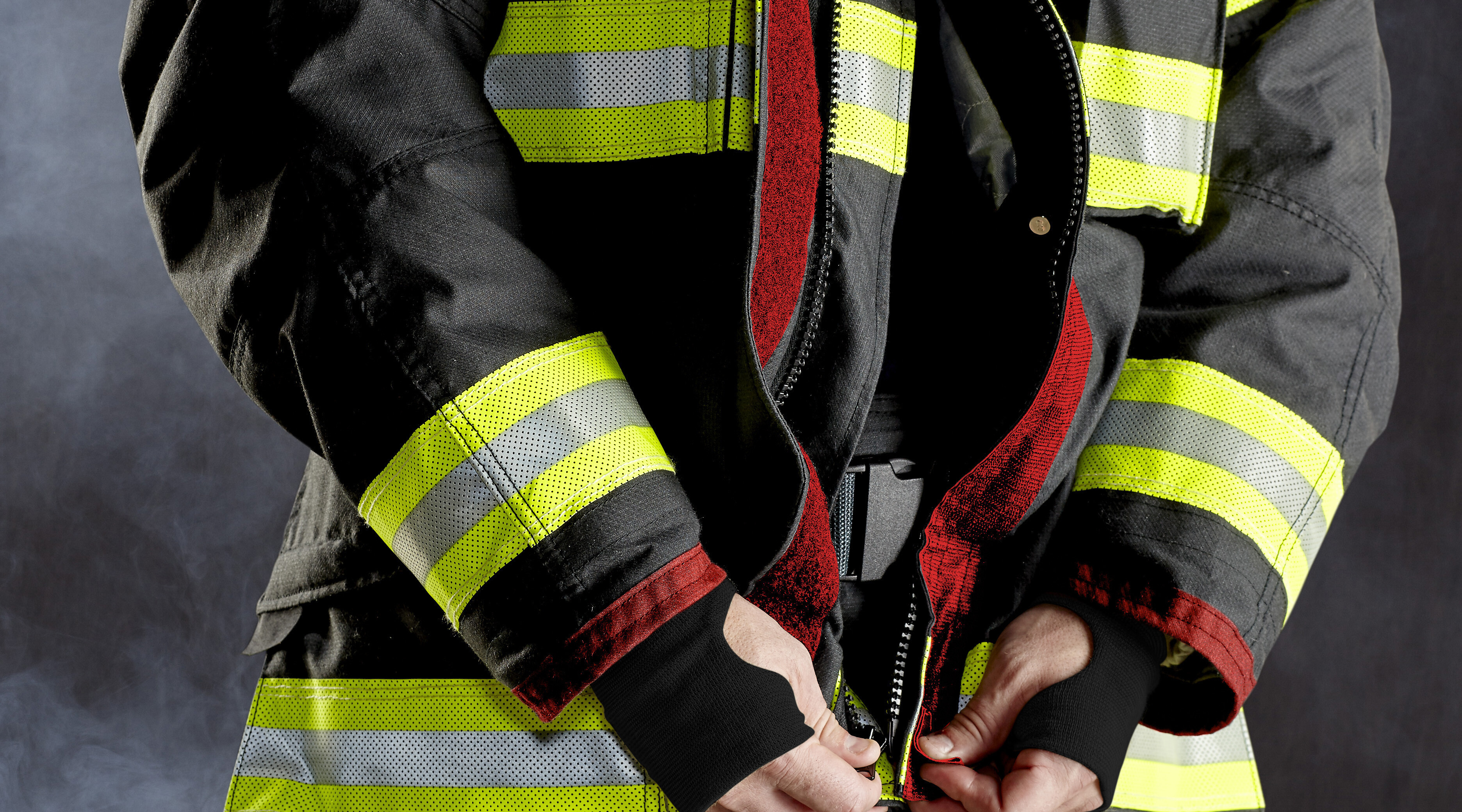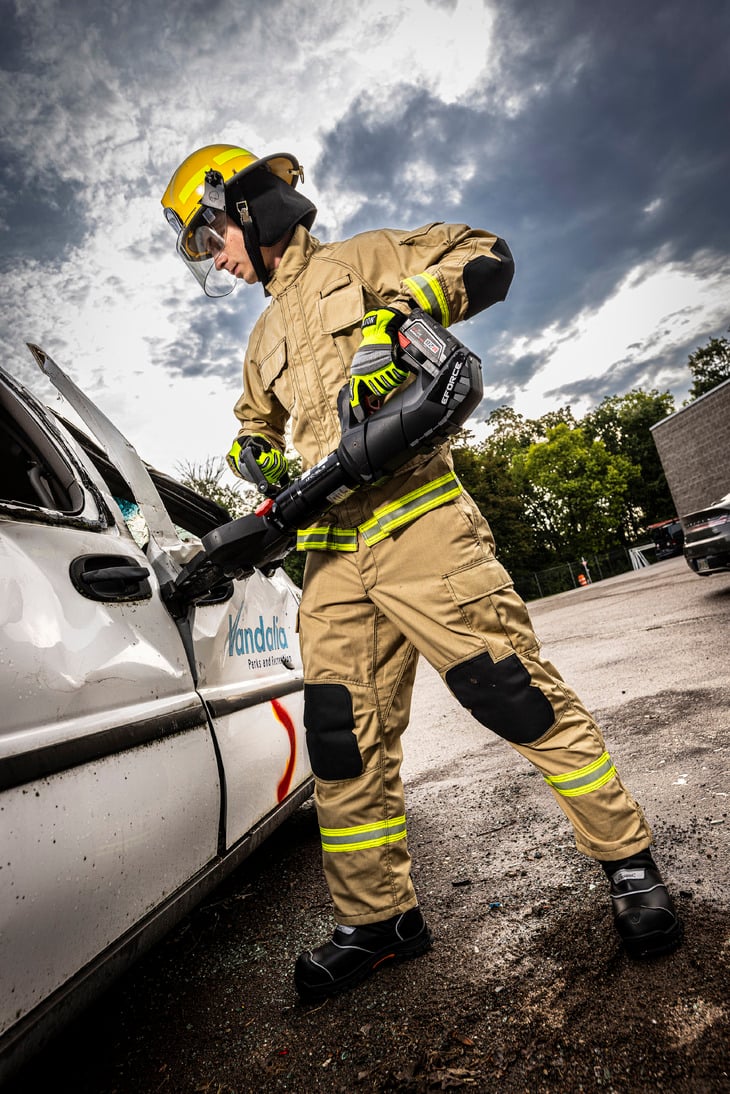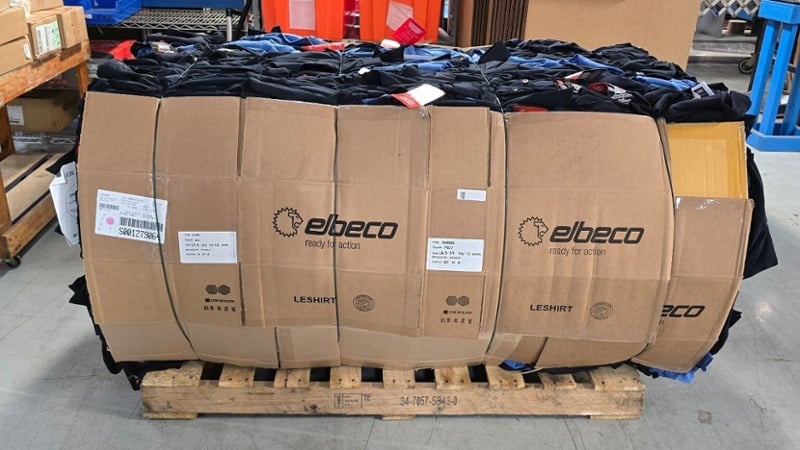BEING PREPARED FOR THE STORM
When a hurricane makes landfall, it leaves behind more than just wind and rain — it leaves chaos. Streets flood, power grids fail, fires ignite, and entire communities are displaced. While most people are urged to evacuate and seek shelter, first responders are moving toward the storm. Firefighters, EMS, and other emergency personnel are called upon to perform rescues, provide critical medical care, and protect lives in the face of extreme danger.
Here at LION, we know their ability to respond effectively doesn’t happen by chance. It comes from preparation, resilience, and the right tools to stay Ready for Action.
The Demands of Hurricane Response
Unlike single-incident emergencies, hurricanes create widespread and long-lasting challenges. Responders face days of high-risk operations spread across wide geographic areas. In the aftermath of a storm, they may handle everything from water rescues to structure fires, medical emergencies, and hazardous conditions caused by flooding and downed power lines and debris. Each call is different, but all share one thing in common: the need for speed, coordination, and trusted equipment.
Preparation Before the Storm
Readiness begins long before hurricane season peaks. Departments work tirelessly to pre-stage critical supplies, coordinate with regional and federal agencies, and establish clear communication channels that can withstand extreme weather conditions. This proactive approach ensures that when disaster strikes, responders are not improvising — they’re executing a well-rehearsed plan.
That planning doesn’t stop at logistics. Training plays a critical role in hurricane preparedness. No two hurricanes are alike, which means training must go beyond the basics. Firefighters, EMS, and other emergency personnel participate in scenario-based drills and immersive training systems to practice responses to flooding, mass rescues, and infrastructure failures in controlled but realistic environments. These exercises build the muscle memory and adaptability needed to act decisively in high-pressure environments. By combining operational readiness with skill-based training, departments ensure that every responder is ready to step into the storm and operate effectively under extreme pressure.
The Role of PPE in Readiness
Personal protective equipment isn’t just clothing during a hurricane response — it’s a lifeline. Firefighters and EMS responders face contaminated floodwaters, high winds and extended operational periods. PPE must stand up to water, debris, and hazardous materials, while still allowing mobility and comfort in grueling conditions.
That’s why it's critical during hurricane season, that first responders' PPE be built for resilience. From our turnout gear engineered to withstand extreme conditions to protective clothing designed for mobility and comfort, our solutions help ensure responders can perform their mission safely and effectively — no matter what the storm brings. When lives are on the line, PPE must perform as expected — every time.
Supporting Responders, Strengthening Communities
First responders don’t just serve during the storm. They are the backbone of community resilience. They restore safety, provide stability, and help communities begin the recovery process after a storm.
Protecting first responders’ health and well-being is just as important as supporting their mission. Long deployments, hazardous exposures, and emotional strain take a toll. Departments that prioritize physical safety, mental health, and recovery resources not only protect their people — they strengthen their ability to serve.
LION’s Commitment
Hurricanes may be unpredictable, but preparedness is not. Here at LION, we are committed to equipping emergency personnel with advanced PPE, innovative training tools, the state-of-the-art art innovations and support that keep them #Readyforaction — before, during and after the storm.
Because when disaster strikes, readiness saves lives.
© 2025 LION Group, Inc.
Popular posts

.jpg)




-1-1.jpg)
